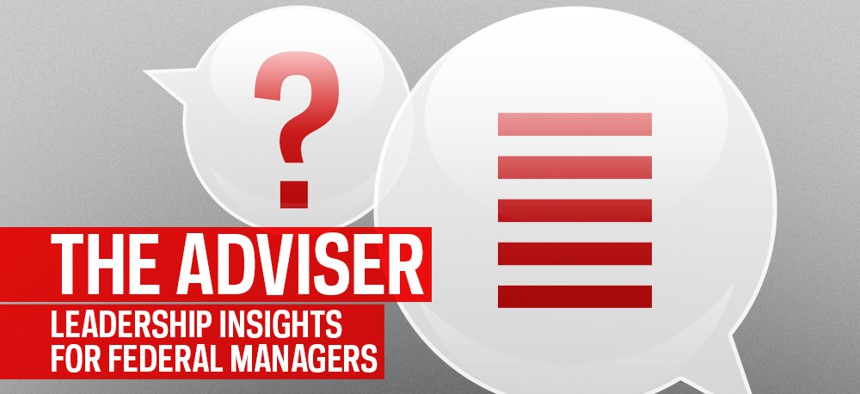Will the New Manager Be a Bully Too?
How to hire and set leadership expectations for supervisors.
I am a fairly new second-level supervisor at a small office (20-30 people). The supervisor of the largest branch I oversee just left. The sigh of relief was palpable. She hid it well from me, but I'm now discovering (and employees are finally telling me) about bullying tactics, moodiness and generally poor leadership. How do I stay engaged and ensure that her replacement treats employees well while not micromanaging or breathing down her neck?--Anonymous
Knowing whether a new hire is going to fit your requirements for the position and the organization’s culture is not easy. The situation surely becomes more difficult when the prior leader had more weaknesses than were visible. It is all too easy to become gun-shy and fearful that the new leader will fail, which may lead to micromanaging that creates a self-fulfilling prophecy. What can you do?
Allow me share my SECRET for increasing the likelihood of success for new supervisors:
Selection. First and foremost, hire a supervisor that fits the leadership culture you are trying to support or develop. Figure out, write down and make concrete the culture you desire for your organization. Post the cultural expectations as part of the job description, if you’re allowed. If not, share them with every candidate and ask whether they are willing to commit to supporting those expectations. If so, then their integrity will be on the line. Of course, so will yours because they will hold you accountable for the same expectations.
Expectations. Discussing leadership culture during the hiring process is a good first step at setting expectations. Discuss expectations again when the person begins work. In addition to ongoing conversations about your culture and how the new hire can contribute to it, demonstrate your own commitment to the expectations. You might consider having a new supervisor shadow you for a few days to see how you respond to challenges. Be creative and find other ways to demonstrate your thinking and commitment to the leadership culture.
Coaching. Setting expectations may be easy compared to maintaining them during an employee's tenure. Things happen. Challenges emerge. Cultural violations abound. Cynicism breeds easily. One way to combat these obstacles is through coaching. This is less about telling people what to do and more about asking what they've done well and what they could've done better. Using a growth mind-set for figuring out how to improve and support the organization’s culture is one way to invest in the maintenance of expectations.
Reflection. The idea of reflection should be central to not only coaching but also employee assessment. Ask people if they performed their job or tasks, and they naturally will respond in the affirmative, leaving no room for reflection or improvement. Ask what they did well and what they could have done better, and you are encouraging a growth mind-set. Questions should not be only about the set of tasks in a person’s job description, but also how they have acted with respect to the organization’s values and contributed to strategic initiatives. This provides a richer assessment of the individual’s accomplishments and potential while setting expectations.
Exits. Depending on which statistics are quoted, 40 percent to 50 percent of marriages end in divorce. Poor match quality is challenging not only for marriages but also for organizations. We shouldn’t think of employees in terms of good or bad. All too often poor performers merely have poor match quality with their position. In the long run, if match quality is low, your organization and the employees will be better off if you part ways. But in the short run, such parting is painful because finding a better match may be costly, difficult and time-consuming. Nonetheless, if you demonstrate to workers your commitment to a leadership culture then you'll want to help poor performers either get better or find better match quality elsewhere.
Trust. If trust flows throughout your organization, then bad news (and good news, too) is shared with you. If information about the prior supervisor didn’t make it to you until after her departure then you need to invest in growing trust—easy to say, but difficult to accomplish. Create opportunities for one-on-one conversations, so you can get to know people and solicit their advice on how to support the leadership culture.
The SECRET to avoiding micromanaging while staying engaged and ensuring good leadership is to be thoughtful about the culture you want to engender and then invest in the actions needed to achieve it.
Duce a mente
(May you lead by thinking)




